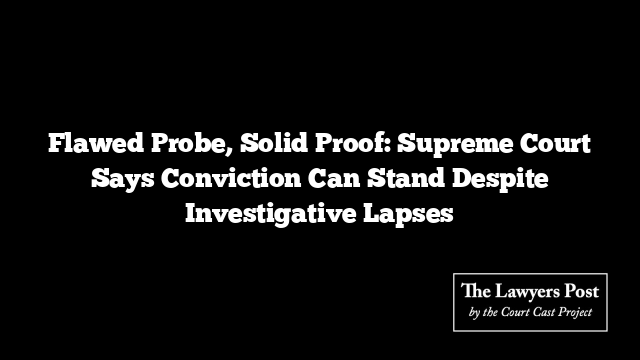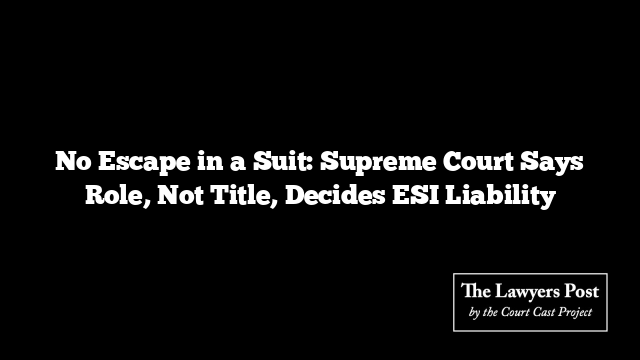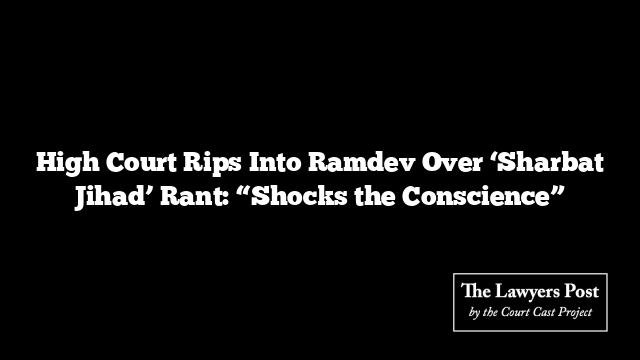In a ruling that cuts through the fog of flawed police work, the Supreme Court has made it clear: a botched investigation doesn’t automatically sink a prosecution—so long as there’s solid evidence to keep the case afloat.
This came as the Court upheld the conviction of a man convicted alongside others in a violent conspiracy-turned-murder case. His bid for acquittal? A claim that the investigation was so riddled with errors it couldn’t possibly be trusted. The Court’s response? Faulty police work might raise eyebrows, but it’s not a free pass to walk.
Referencing the precedent laid down in State of Karnataka v. K. Yarappa Reddy, the bench reiterated that even when investigators fumble, the focus must shift to the remaining body of evidence. If it stands tall under scrutiny, justice must still be served.
The judges—Justices Sudhanshu Dhulia and K. Vinod Chandran—heard the case of an appellant who was initially sentenced to death under a host of charges including murder and criminal conspiracy. The High Court later reduced this to rigorous imprisonment: 5 years for house trespass with conspiracy, and 10 years for culpable homicide not amounting to murder—plus fines.
Not content, the appellant took the matter to the Supreme Court, insisting his name had been inserted into the FIR as an afterthought and that witness statements had only materialized after court nudging. The crux of his argument: the investigation was rotten to the core.
But the Court didn’t flinch. The judgment, delivered by Justice Chandran, peeled back the procedural flaws and zeroed in on the core evidence. Multiple witnesses placed the appellant at the scene. His motive? Clearly established—two confrontations with the victim earlier that day, one of which unfolded in a Ward Council Meeting, the same night the fatal attack occurred.
The judges distinguished between the roles of various accused. For A6—the appellant—the Court found his presence and intent too well supported to ignore. His culpability under conspiracy laws stood out. Unlike another accused who lived nearby, A6 had no reasonable explanation for being at the crime scene.
The Court emphasized that motive and presence were backed by consistent, credible accounts. That made the difference. Even if the investigation was skewed, the Court wasn’t about to let him off when the rest of the case held firm.
The result: appeal dismissed. Conviction upheld. And a clear message delivered—errors in the process can’t erase the substance of guilt.





